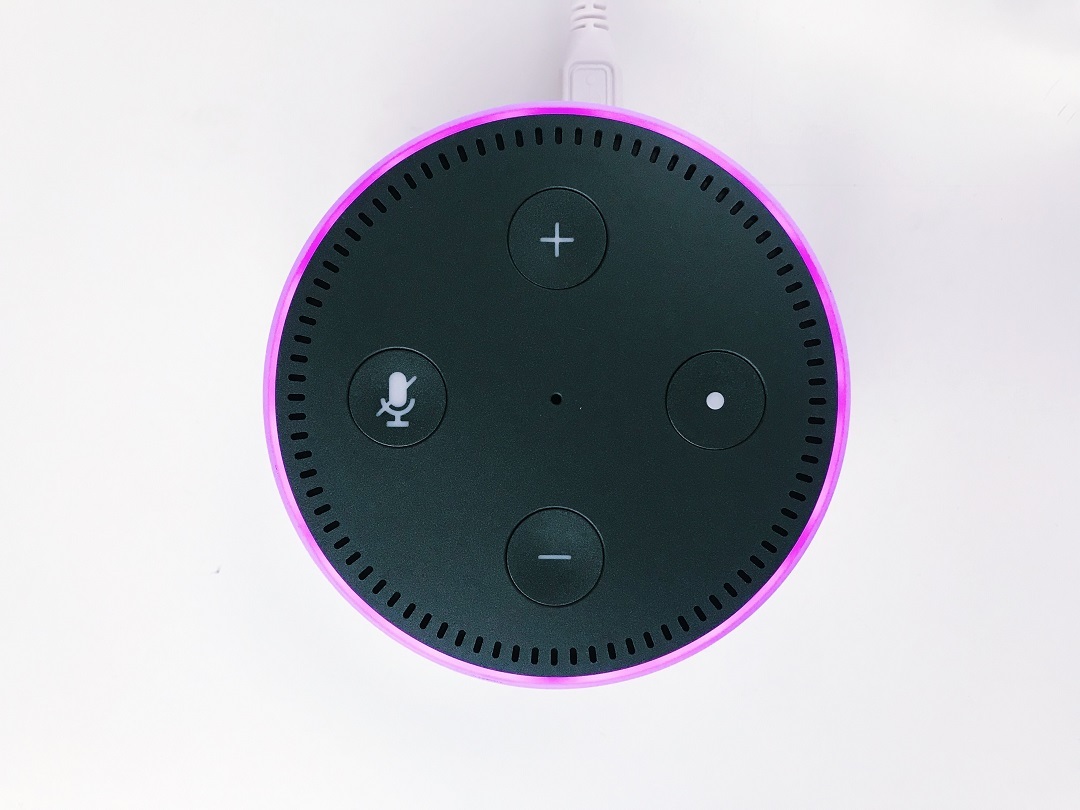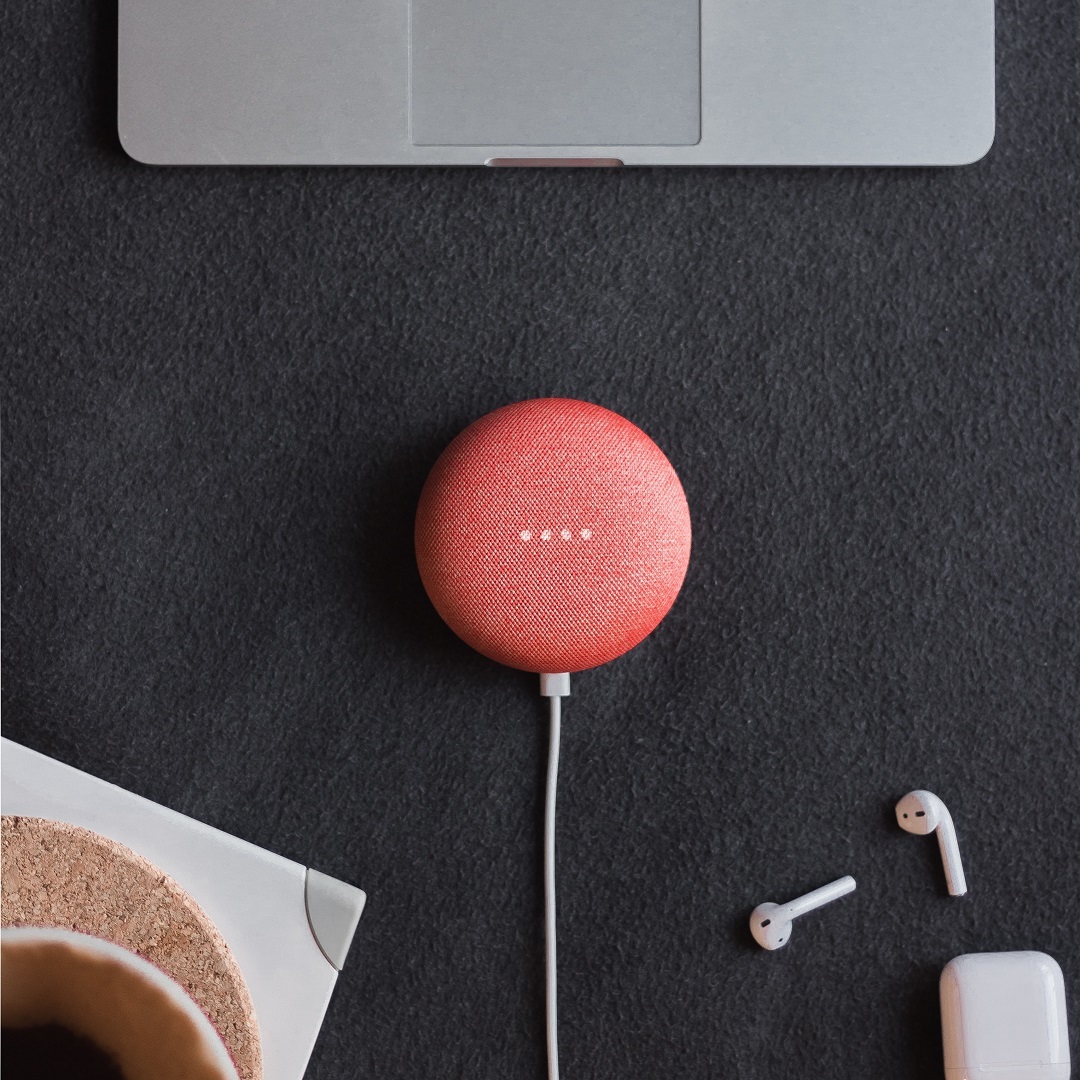Marketing Technology
How an IoT Marketing Strategy Focused on Interactivity, Utility Can Connect with Consumers
By Kyle Harper on June 10, 2019
It may be surprising, but the idea of an "internet of things" has actually been around since the nineties. Back then, corporations were just starting to connect their inventories to the web. We've come a long way since then, but even still, IoT continues to be a somewhat bleeding edge in consumer tech.
But as sales continue to soar for devices enabled with this technology, it's become clear that IoT changing digital marketing is an inevitability. What remains less clear for brands, however, is what an IoT marketing strategy should look like.
Current day interaction with these applications hasn't seemed to hit critical mass yet, but development is neither cheap nor easy. Additionally, archetypes and best practices have yet to be established. But for brands willing to explore this space, there's open ground for experimentation to create interest against little competition. The only question that remains is how can IoT fit into your digital marketing strategy?
More Robust Voice Optimization
With a handful of novelty apps out there and more and more access to IoT-enabled APIs and creator tools, marketers aren't unfamiliar with this technology. And it's clear that IoT marketing is going to be one of the next big arenas for brands to expand into. But knowing where to start can be tricky.
Consider focusing on voice-enabled search optimization. Especially because this isn't a super new area for digital marketers. Ever since people started talking to their phones with Siri, it became clear that voice search was going to be the future for a significant population of device users. Working voice-enabled search into your IoT marketing strategy will force you to think beyond just the search, though.
Voice search optimization asks brands to think about keywords as well as paths of curiosity. And in these scenarios, it's more than likely that IoT interaction with your brand is going to happen mid- or down-funnel-it's almost guaranteed that a consumer is already familiar with your brand if they're downloading a skill or app for their IoT device. But how will your brand voice carry over in this context? And do you want your experiences to be conversational and as close to natural as possible?
This was the route Progressive took with its Google Home action, which was aimed at answering user questions about insurance. The result was a simple interface and interaction that delivers quick and accessible insight into insurance practices and offerings. This approach fits Progressive's overall brand image, which has often sought to make insurance more approachable and trustworthy through its past marketing and advertising efforts. Moving forward, it's likely that brands that embrace this natural conversational style will gain an edge in this space.
Additionally, IoT applications that offer users brand-specific catchphrases or language to execute specific behavior can both create experiences that delight users while also carving out a powerful semantic niche for your brand. It will be in this careful balance-between natural conversation and trained, specific language-that brands will find success in optimizing voice-enabled search in the world of IoT.

Photo attribution: Jan Antonin Kolar on Unsplash
A Heightened Focus on Utility
One of the exciting aspects of content marketing has always been its versatility. From the official documentation of important information, humorous and playful blog posts, to emotionally moving video content, marketers have always found a way to engage users for all of their brand needs and interests.
The same can be said of the IoT space, to some extent. These devices and platforms certainly offer brands a wide range of ways to interact with their users. But in practice, many styles of applications without recurring use fall to the wayside of novelty. For brands looking to define a long-term IoT marketing strategy, success appears to be contingent on utility.
A number of brands have already struck success with this approach. Take, for instance, Tide's popular stain remover skill for Alexa. The focus of the application was to be a quickly accessible resource for addressing everyday messes in the home. And for many users, this has worked. But from a marketing perspective, it also ties the act of cleaning up these messes to the Tide brand name. In a nutshell, these brand interactions offer a powerful down-funnel reinforcement for users, all while offering something truly useful to consumers in return.
Allergy medication Zyrtec took its own creative approach to voice-enabled applications as well with their AllergyCast skill. This application allows users to get daily updates on pollutants and allergens in their area so they can take action to prepare for the day. More importantly, it makes the daily ritual of thinking about allergies and allergy preparedness simple-and even fun. This interaction ties a helpful utility with specific language to the Zyrtec brand. Approaches like this are a powerful and useful way for brands to entertain and retain down-funnel audiences.

Photo attribution: Ben Kolde on Unsplash
A Future In Interaction
As people begin to bring IoT devices into their homes, strap them to their wrists, or talk to them in their cars, brands have an incredible opportunity to create new experiences with their audiences. Through this technology, the possibilities to reach consumers through content marketing are truly limitless.
So, IoT changing digital marketing is a given, and the way in which those changes happen remains largely unwritten. It seems clear that the future lays in interactivity and utility. But beyond this, the field seems to be wide open for brands to have fun and experiment, all while riding the ever-changing wave of technology.
For more stories like this, subscribe to the Content Standard newsletter.
Featured image attribution: Andres Urena on Unsplash
